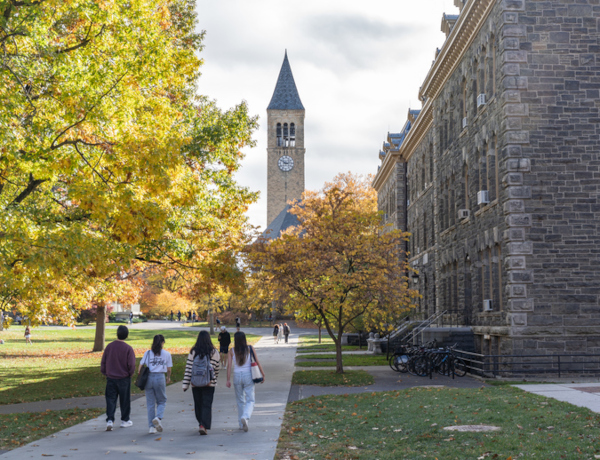
By Graham Andrews
Earlier this year, the Department of Homeland Security published data from the Student and Exchange Visitor Information System (SEVIS) showing a steep decline in the number of international students in the United States between March 2024 and March 2025. DHS later removed the data due to irregularities and has since issued updated data showing steady year-over-year increases in the total number of international students in the United States.
SEVIS by the numbers data provides information on international students studying in the United States with very little lag. Unlike other sources, SEVIS data is updated monthly, providing near-real-time insights into international student trends. The dataset drew outsized attention as analysts sought to understand the impact of the evolving political environment on international student populations at U.S. colleges and universities.
Boston College Professor Chris R. Glass recently analyzed the updated SEVIS data and found that the number of international students in the United States has grown at a steady rate of 6.5% over the past four years. Glass found that DHS had undercounted the number of international students by 200,000 in its April dataset.
Glass also noted that current trends in visa issuance and visa appointments suggest that we may yet see a decline in international student numbers later this year. To get a better sense of how current policies are affecting international student numbers at U.S. universities, however, we will have to wait till the end of summer when a large number of international students enter the country to begin programs starting in the fall semester. (This is usually reflected in SEVIS data in the form of large upticks in student numbers in early fall.) Therefore, data released this fall should provide a fuller picture of whether, and (if so) how, international student populations in the United States may be changing.
Graham Andrews is research analyst at AAU.